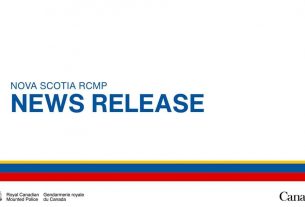**** Info via Environment Canada
Hurricane cone of certainty
Have you ever wondered what the cone-shaped area meant on our hurricane track map? We call it the “Cone of Uncertainty.”
Hurricanes Fiona and Eight track map on September 20, 2022.
Despite its name, this area is actually a cone of CERTAINTY! When meteorologists track a hurricane, they assess its trajectory and intensity. The cone represents the most likely track of the storm’s eye and is right about 70% of the time!
However, forecasting hurricane impacts involves much more than creating the cone! Typically, hurricanes are 500 km wide, and as they move forward, they produce strong winds, storm surge and heavy rainfalls that lead to inland flooding and rip currents. The effects of a storm are felt over land well before its eye makes landfall.
Heavy surf associated with tropical storm Arthur at Peggy’s Cove Lighthouse in Nova Scotia.
In the northern hemisphere, the right-front quadrant of a storm usually carries higher winds, creating strong waves and storm surges. In contrast, the eye at the centre of a hurricane is relatively calm and much smaller in width.
So, when a hurricane or tropical storm is forecast to move into your area, rethink the information you are receiving. Remember that the cone of the trajectory you see on the map shows where the centre of the storm is expected to move, but its impacts start well before then.
Stay safe!
Reduce the risk of the storm by preparing and having a hurricane action plan. Stay up to date on the latest hurricane conditions and public announcements from your local emergency organizations.




